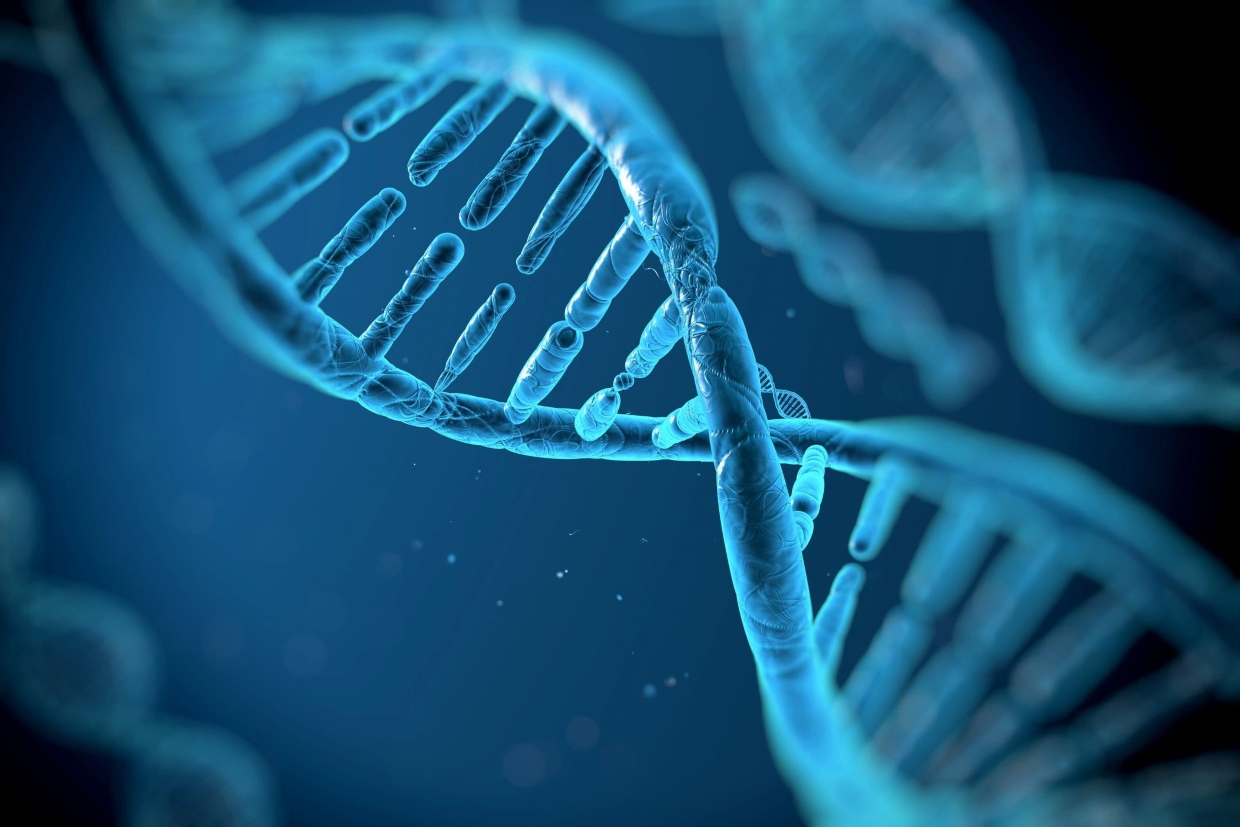Our bodies use protein to build or repair body tissues like muscle, creating hormones, enzymes, and regulatory peptides. And if we run out of carbohydrates or are low on energy, proteins can be converted to fuel.
Proteins contain 4 calories per gram.
Proteins are made up of amino acids that are bonded together, and it takes approximately 20 amino acids to create a protein.
Depending on how these amino acids are connected, they can create different types of proteins, from proteins used in muscles to proteins used in our eye lenses.
The amino acids that makeup proteins have two main categories; essential and non-essential.
Essential amino acids mean that we must take these in from our diet, and non-essential amino acids are the ones we can make within our body from things like dietary nitrogen or fragments of carbohydrates and fats.
Proteins have to be broken down into amino acids for them to be absorbed. The process starts in the mouth with chewing, which helps expose the protein to hydrochloric acid and enzymes in the stomach. Proteins are then denatured, or uncoiled, by the hydrochloric acid, and the strands are broken up, or cleaved, into smaller peptide chains by enzymes.
Next, in the small intestine, the chains of amino acids are broken up into smaller pieces like tripeptides, three units, dipeptides, two units, and individual amino acids.
The remaining tripeptides and dipeptides are split into amino acids, and those amino acids are absorbed into the bloodstream.
Once in the bloodstream, the freeform amino acids can be used for protein synthesis, building, and repairing tissues. They can also be used for energy via gluconeogenesis, and if there’s an excess of calories, it can be converted to fat for storage.
We can obtain protein from many sources, such as meats, dairy products, and legumes. If a source contains all the essential amino acids in the right ratios, it’s called a complete protein.
An example of a complete protein are meats and dairy products. If a food source is low or lacks essential amino acids, it’s called an incomplete protein. An example of an incomplete protein would be peanut butter.
The amino acid that is missing or in the smallest amount is called the limiting factor of that protein. Suppose the food that’s lacking the amino acid is not combined with another source high in that missing amino acid; In that case, the body will be only able to synthesize protein until the limiting amino acid runs out.
This is why it’s critical for vegans and vegetarians to carefully plan up meals to ensure they’re getting all the right combinations of amino acids.
Factors affecting protein requirements.
Exercise can increase the oxidation or burning of amino acids for energy, and the need for amino acids for protein synthesis to allow for recovery from exercise. This means that protein needs are higher for exercising individuals versus sedentary people.
Because imprinting can be used for tissue repair, synthesis, and energy, protein requirements will increase as total energy intake decreases. In other words, a person who is in a calorie surplus would need less total protein versus a person that is dieting since some of that protein is being burned for energy, as opposed to being just used for repair.
This is one of the reasons carbohydrates are said to be protein-sparing. If we consume adequate carbs, proteins can be spared from being burned as fuel.
When we’re in a negative energy balance, amino acids are used to produce energy through gluconeogenesis. We can protect lean body mass, supplying the correct amount of protein in the diet to prevent muscle from being metabolized for energy.
So, how much protein do we need?
For a sedentary person who is not dieting, 0.8 grams per kilogram of body weight, or 0.4 grams per pound of bodyweight is recommended.
For a strength athlete, 1.2 to 1.7 grams per kilogram of body weight, or 0.5 to 0.8 pounds per body weight.
Endurance athletes would need 1.2 to 1.4 grams per kilogram or 0.5 to 0.6 grams per pound of body weight.
If you look at the percentage of total calories for protein, we will shoot for 10% up to 35% of the diet. The actual rate will vary depending on each person’s goals and bio-individuality.
Protein provides the best satiety, the feeling of fullness.
Consult a specialist before making any drastic decision on how much protein you should take every day, and make sure all your meals are balanced.




0 Comments